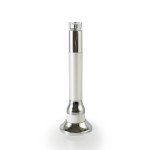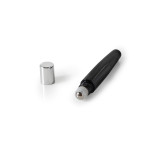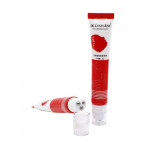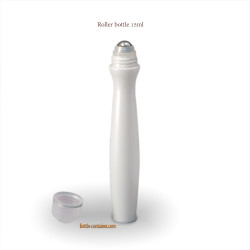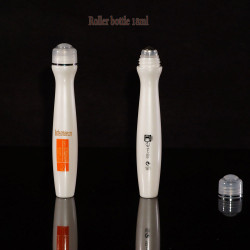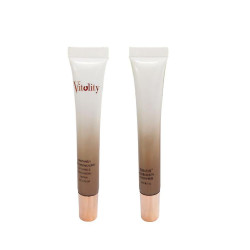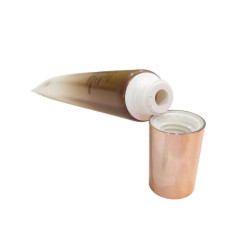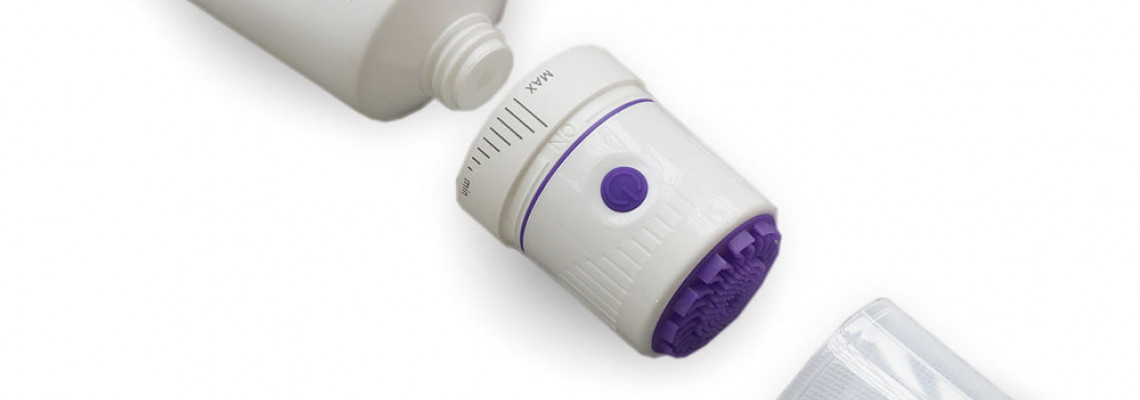
Key Takeaways:
Concept Development: Market research and brand identity play a pivotal role in the initial design phase.
Design and Prototyping: CAD modeling and 3D printing are crucial for testing the bottle's functionality and aesthetics.
Material Selection:
Manufacturing Techniques: Techniques like injection molding and blow molding are employed for precision and efficiency.
Decoration and Labeling: Enhances visual appeal while ensuring branding consistency and regulatory compliance.
Quality Control: Involves rigorous testing to ensure safety and integrity, meeting industry standards.
Packaging and Distribution: Focuses on sustainability and logistics efficiency in the final stages.
Sustainability Practices: Emphasizes recycling, energy efficiency, and waste reduction in manufacturing.
Discover the intricacies of producing cosmetic eye cream bottles and the industry's move towards sustainable practices.
Introduction
The cosmetic packaging industry plays a critical role in the beauty sector, where the design and manufacturing of eye cream bottles stand as a testament to innovation and functionality. This blog post explores the multifaceted process behind cosmetic eye cream packaging manufacturing.
Concept Development
The journey begins with concept development, where market research, trend analysis, and a strong grasp of brand identity inform the initial designs of eye cream bottles. This stage is foundational in creating packaging that resonates with consumers and embodies the brand’s ethos.
Design and Prototyping
The design phase utilizes advanced tools like CAD (Computer-Aided Design) modeling and 3D printing to bring the concept to life. Prototyping is essential for evaluating the product’s functionality, aesthetic appeal, and ergonomics, ensuring the final design meets all requirements.
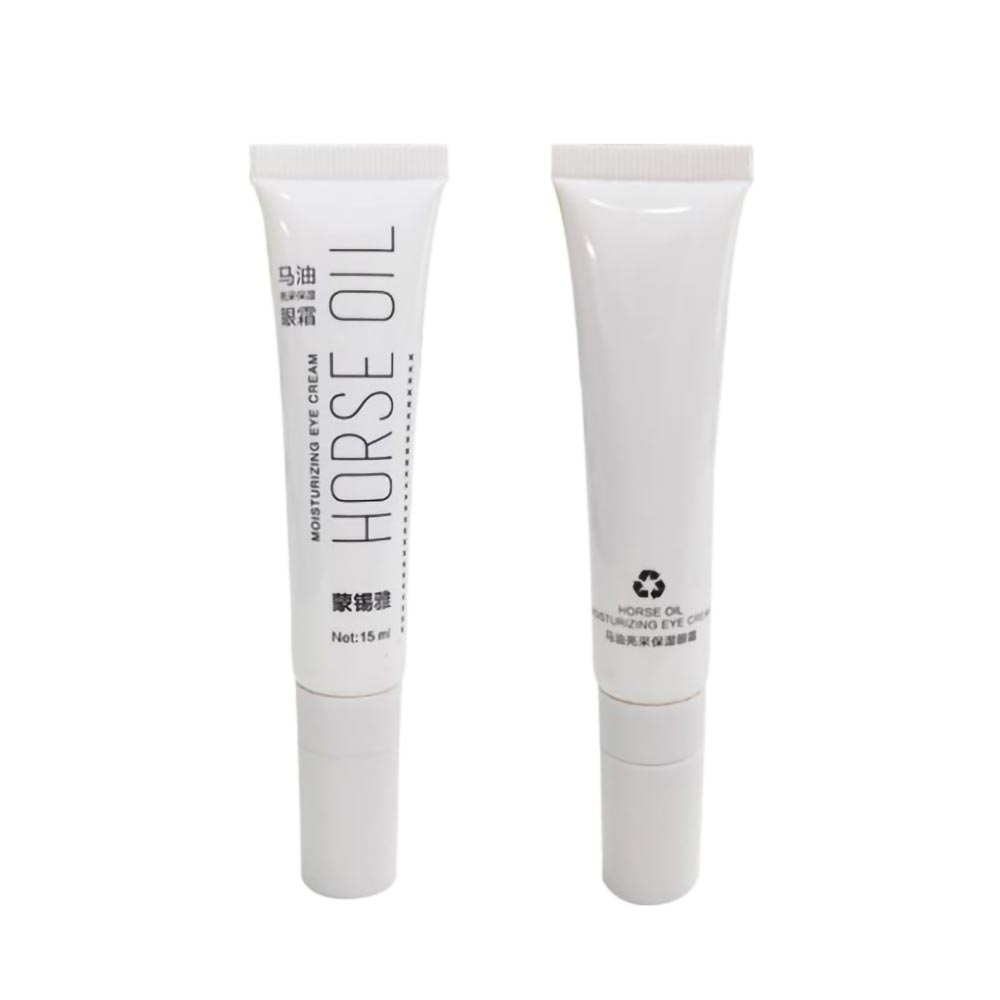
Material Selection
Selecting the right materials—be it glass, plastic, or eco-friendly alternatives—is crucial for the bottle's durability, sustainability, and compatibility with cosmetic formulations. This choice impacts the product's lifecycle and its environmental footprint.
Manufacturing Techniques
Manufacturing cosmetic bottles involves techniques such as injection molding, blow molding, and extrusion. These processes require a high degree of precision, quality control, and efficiency to produce packaging that meets the industry’s rigorous standards.
Decoration and Labeling
Decoration methods like printing, labeling, embossing, and coating are employed to enhance the bottles' visual appeal. Labeling must align with brand consistency and adhere to regulatory standards, ensuring that the packaging accurately represents the product inside.
Quality Control and Testing
Quality control measures, including leak testing, drop testing, and compatibility testing, are critical to guarantee the product's safety and integrity. This stage ensures that the packaging complies with industry regulations and standards.
Packaging and Distribution
The final step before distribution involves packaging the eye cream bottles efficiently and sustainably. This phase considers the use of eco-friendly packaging materials and seeks to optimize logistics to reduce the environmental impact.
Sustainability Practices in Manufacturing
Sustainable manufacturing practices are increasingly important in the cosmetic packaging industry. Initiatives like recycling, energy efficiency, and waste reduction not only minimize the environmental impact but also appeal to eco-conscious consumers.
Conclusion
The manufacturing process of cosmetic eye cream packaging encompasses concept development, design, material selection, manufacturing techniques, decoration, quality control, packaging, and sustainability practices. As the industry evolves, beauty companies are encouraged to prioritize quality and sustainability, ensuring their products meet the highest standards while contributing to environmental conservation.
Learn more about our commitment to sustainability in cosmetic packaging manufacturing .








